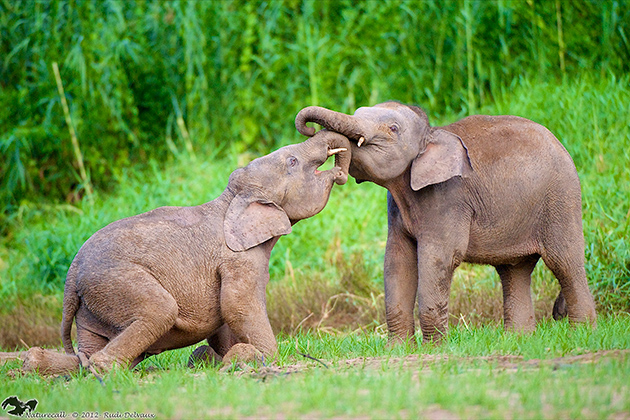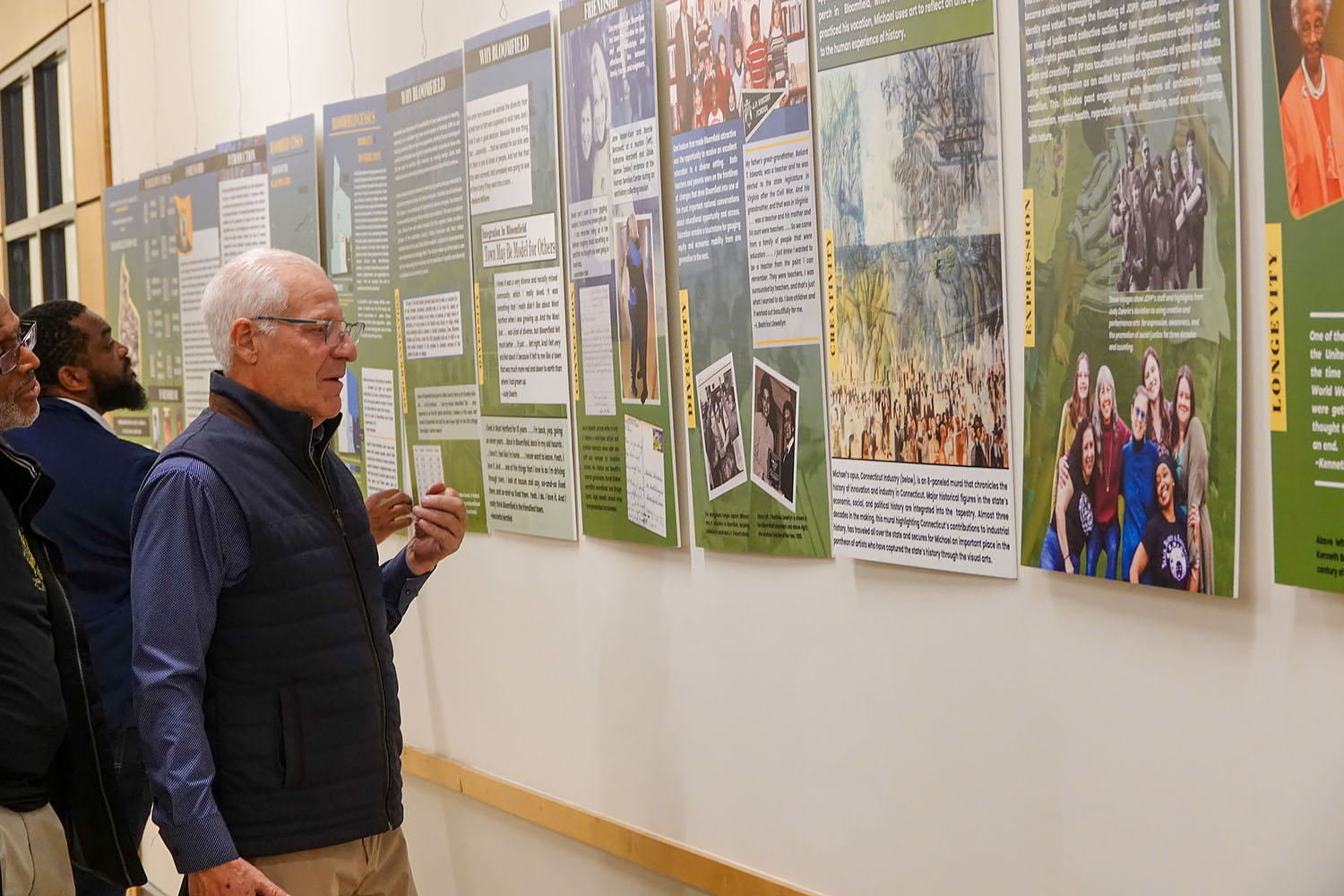[flickr-gallery id=”72157632301892193″]
The pygmy elephant from the Southeast Asian island country of Borneo is the most endangered of all elephants. Now a team of researchers at UConn and other universities around the world has produced the first genetic sequence of this tiny pachyderm, which will help guide conservation strategies.
The researchers are among the first to apply high-throughput sequencing, technology that can perform millions of tests on genetic sequences in a short amount of time, to this large mammal. Previously these whole-genome tests could only be used to characterize model organisms, such as flies and mice.
The next-generation sequencing technology is available to faculty, graduate students, and other professionals through the Center for Applied Genetics and Technology. The CAGT was established through a grant from the National Institutes of Justice, and several National Science Foundation awards have provided equipment.

“Instead of looking in particular sections of the genome for genetic diversity, you can look at the whole genome at once” with this equipment, says Professor Rachel O’Neill, an author on the study, whose laboratory in the Department of Molecular and Cell Biology did the genomic work.
“It might have taken three graduate students 10 years to come up with this a decade ago, but once we had the samples, it took us about a week to do the sequencing component,” she says.
Craig Obergfell, a research assistant in the CAGT, says it’s difficult to acquire tissue or blood samples from an animal that’s so rare and so difficult to find. So it’s useful to have a highly reliable method for analyzing other things that contain elephant DNA. For example? Their poo.
“When you can use samples like feces, you don’t need blood from the organism, so you don’t need to find an elephant to do the work,” he says.
Teaming up with a group of researchers from Portugal whom they met at a CAGT training workshop in Storrs in 2009, the UConn group was able to create highly accurate genetic sequences in part because they treated their samples like forensic data.
“We really treated these samples like they had come from criminals,” says O’Neill. The high-powered sequencers and supercomputing capability in the CAGT sequenced the data using one method, while collaborators at Florigenex, a company in Oregon, used a different technique.

The two methods each gave the same results, showing that the Bornean elephant has a very small amount of genetic diversity, and the 2,000 or so individuals that remain are very similar to one another. This means that the population is potentially vulnerable to disease or other forms of disturbance, such as hunting. The data will help conservationists determine what can be done to help cultivate greater genetic diversity in these animals.
In addition to the conservation implications, O’Neill says the work was exciting because it’s the first time it has been done for this species.
“It’s exciting because it’s a proof of principle for non-model systems, and the protocol we used allowed us to use very small samples without previous genome data,” she said.
She also hopes that screenings like this can become so manageable that they could be worked into other facets of biology and medicine, such as newborn screenings in hospitals, where they would help identify genetic vulnerabilities.
“We really want to put this technology into the hands of users,” she says. “What can they do themselves with it, and how can it be useful to them?”


